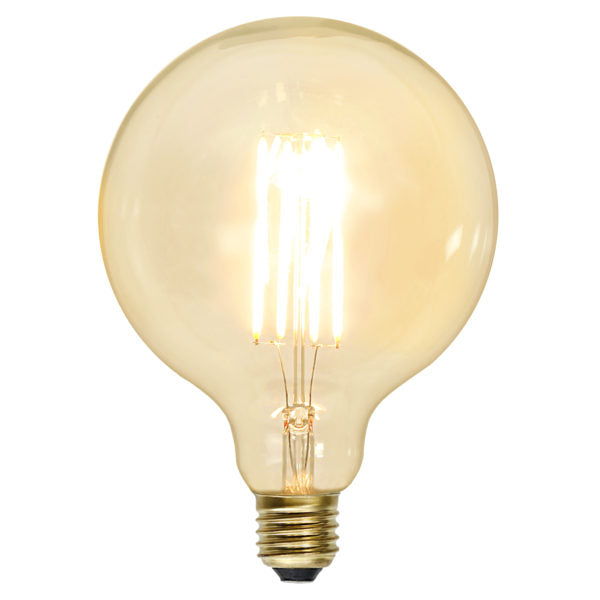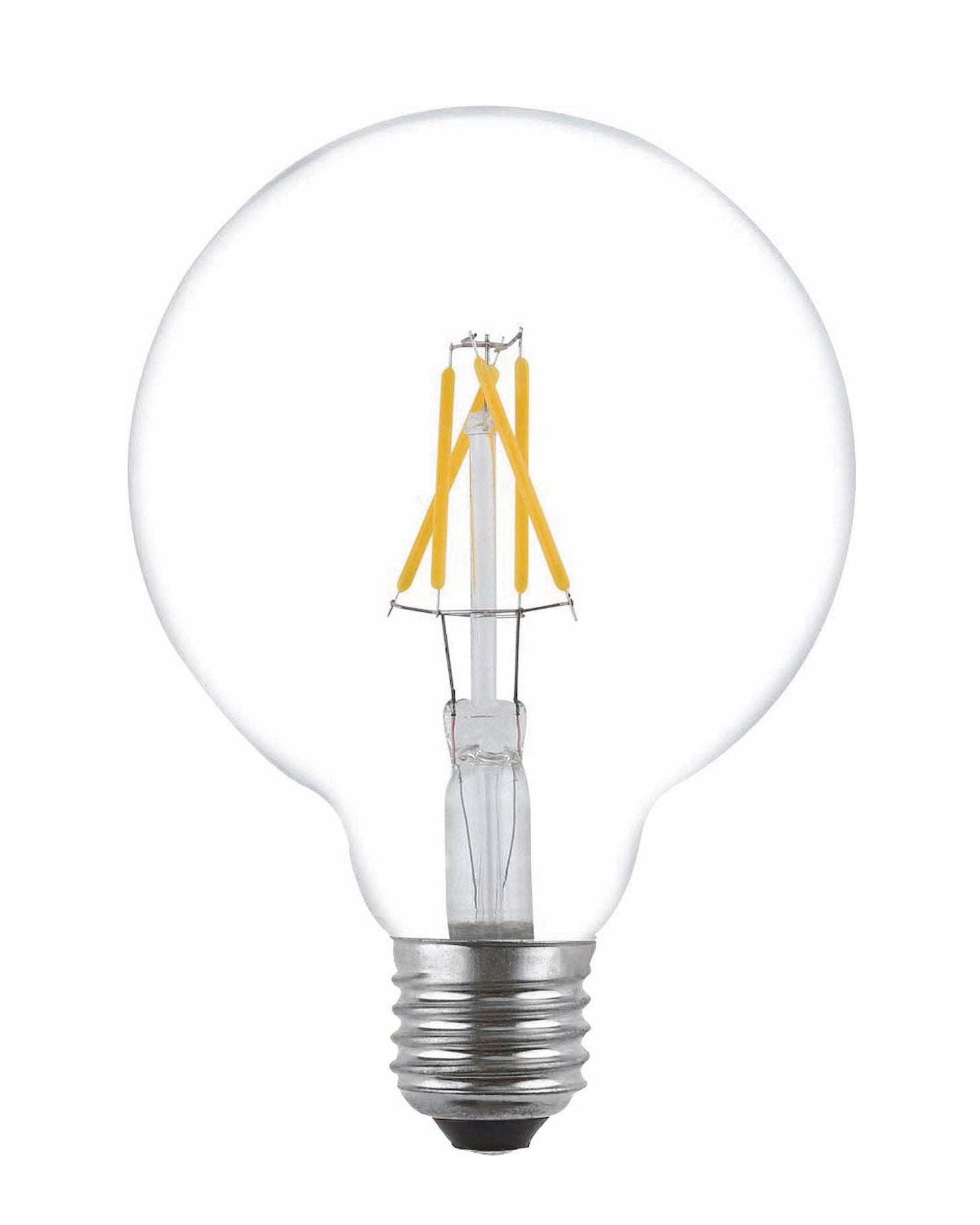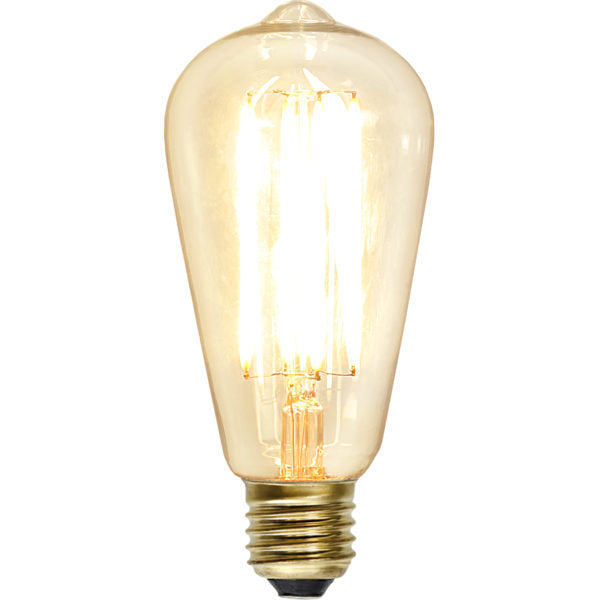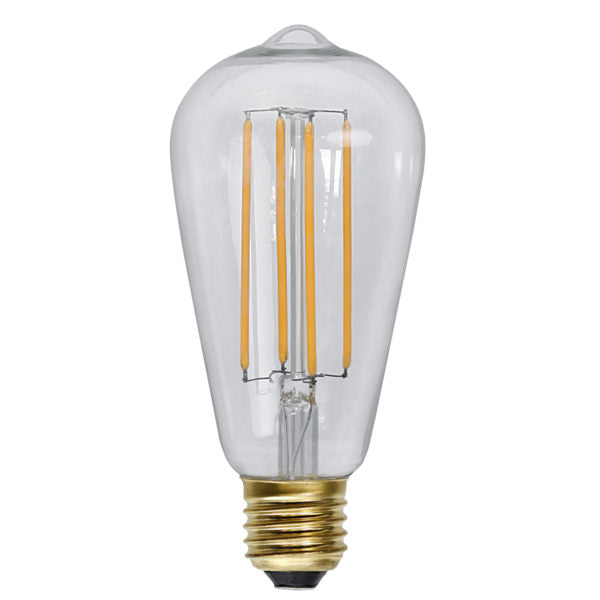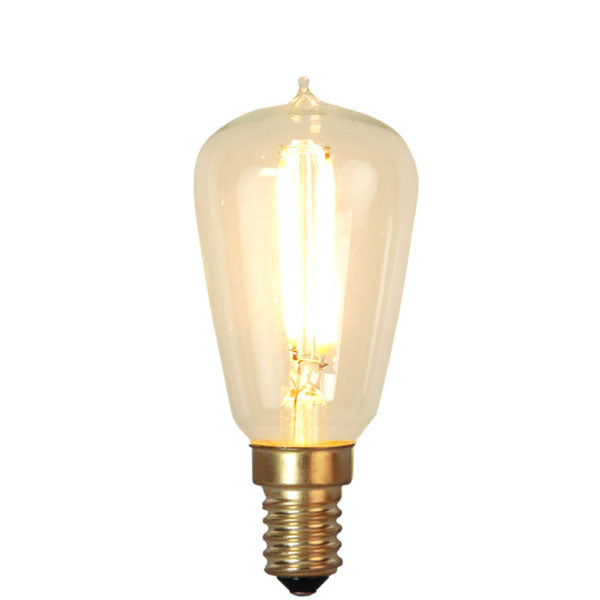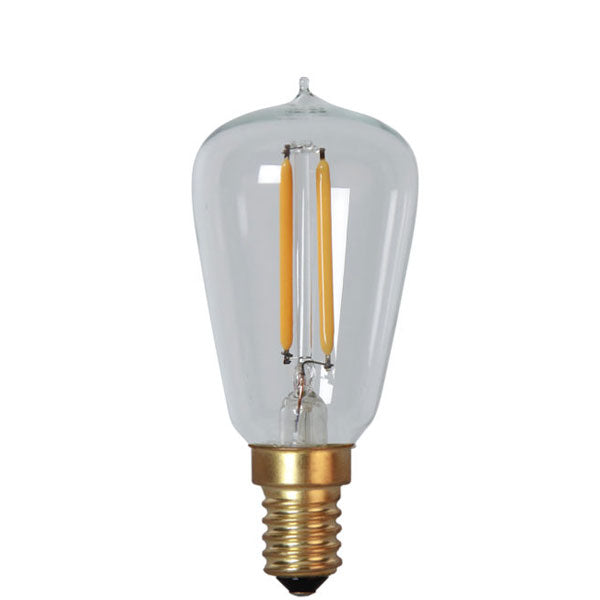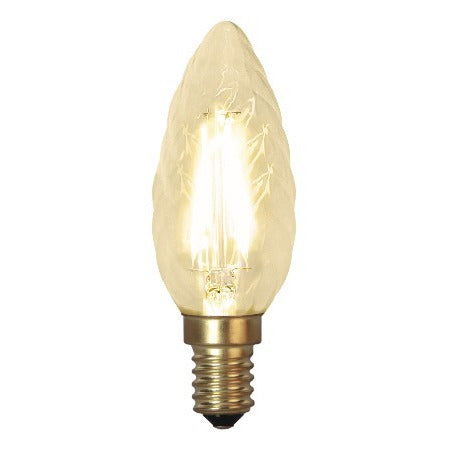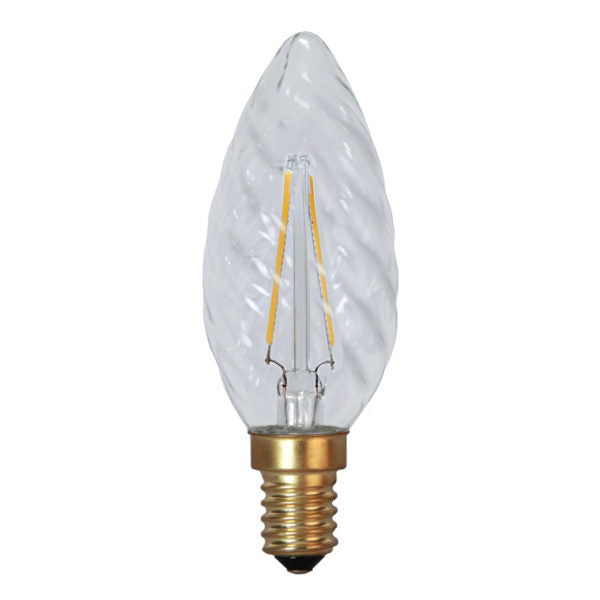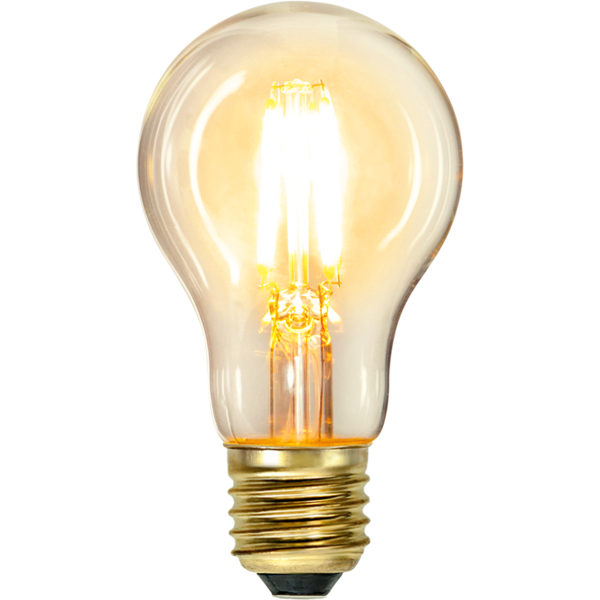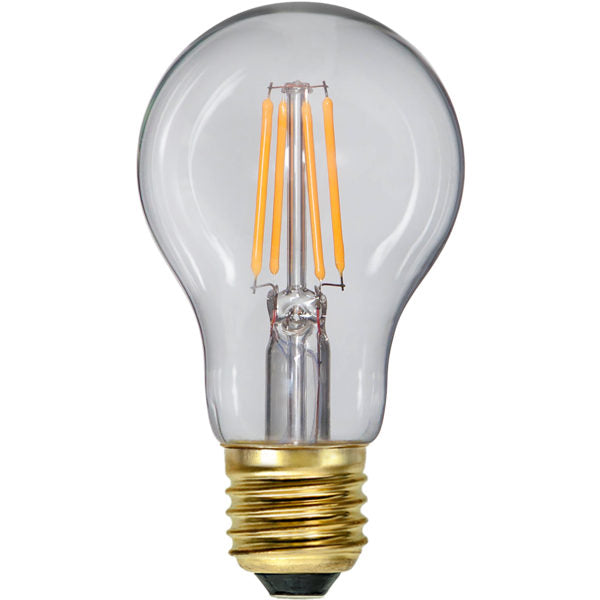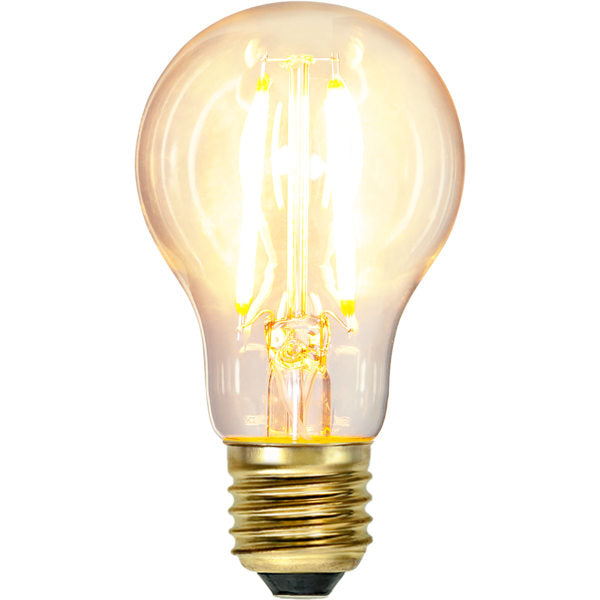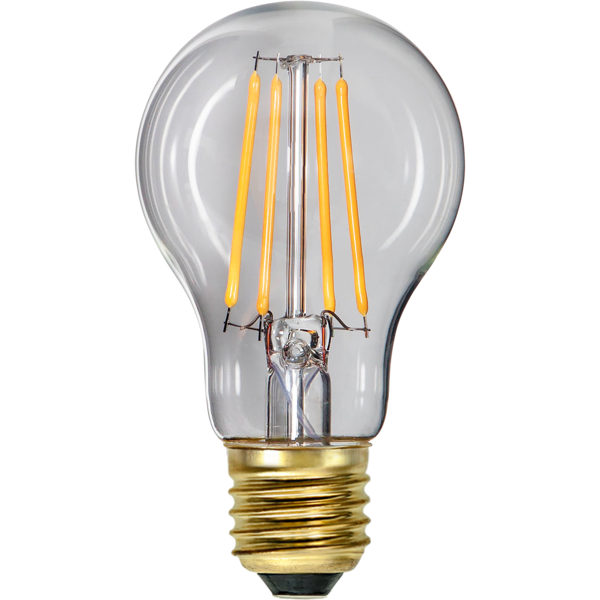At last, the LED bulbs have become so good and come down in price to the point that there is no longer a sensible reason not to switch to LEDs. Three important things to consider before purchasing LED lights are lumen, Kelvin and dimmer compatibility.
What is lumen?
Lumen indicates how strong the light flow is and Lumen is what you should really consider and not watt. For incandescents bulbs, there is an accepted correlation between the watts drawn and the brightness, but for LEDs, the lower the watt with retained lumen, the more energy efficient the lamp is, and that's the whole point with LED lights. A 40-watt incandescent bulb gives about 450 lm.
LED and dimmer compatibility
But if you want to dim your LED, it's good to keep an eye on the LED's watt to see that it will work with your dimmer. A dimmer operates in a watt range, such as 3-50 W. If your LED bulb's watt is 2.2, the dimmer will not work well. Also, not all LEDs are dimme- compatible, but whether it can dim or not is often clearly stated on the LED bulb box that it comes in.
What is Kelvin?
The color temperature of light is measured in Kelvin. A candle emits a hot glow of about 1000 K, while an old incandescent bulb gives about 3,000 K. It is usually said that warm light starts at 2700 K and down. Color temperatures at 4,000 K and up are considered cold. For example, daylight has a cold light of 6000 K. Sekelskifte's new LED lights have around 2100 K and give a very nice light, reminiscent of the warm shine of old carbon light bulbs.

































































































